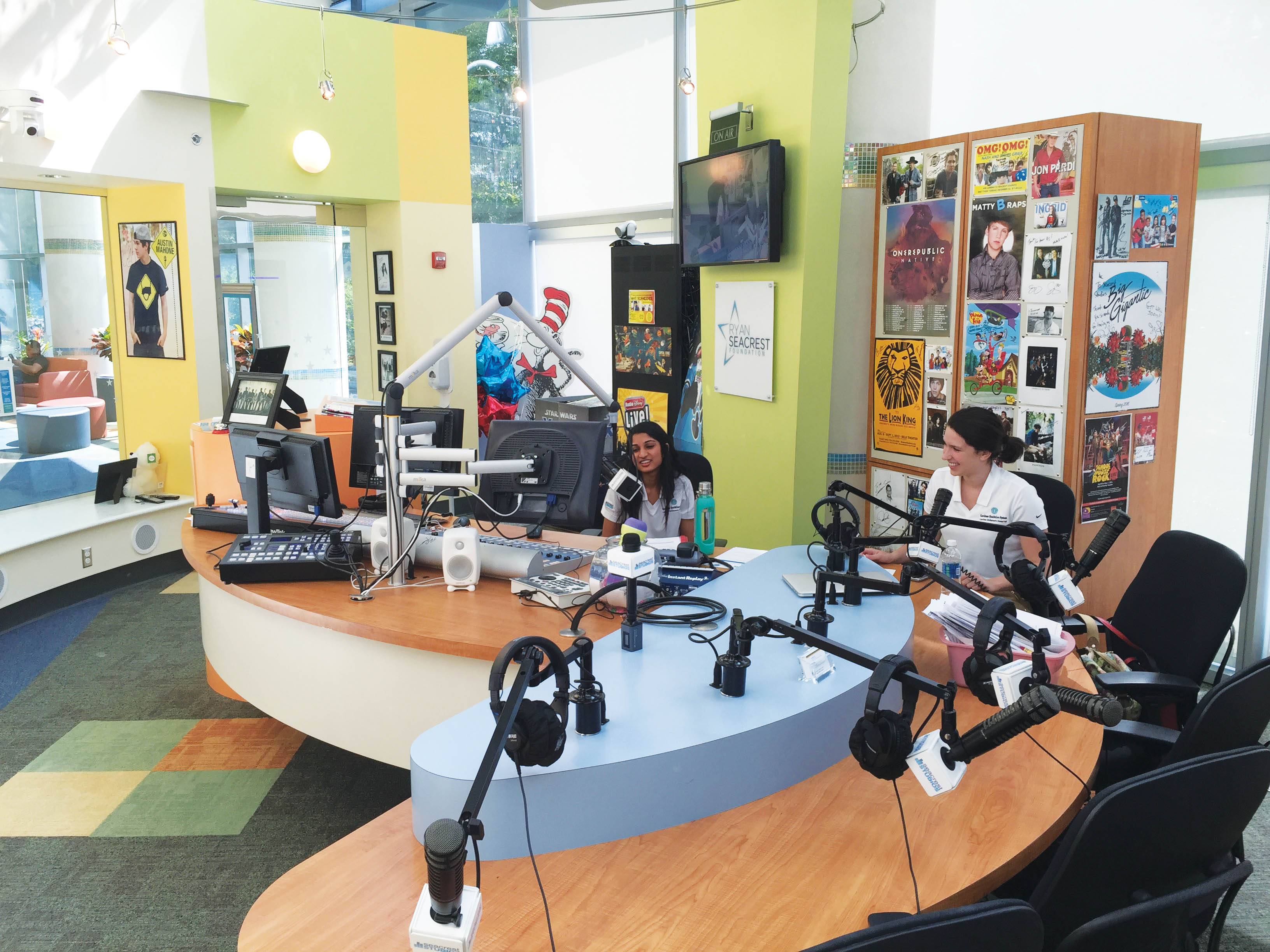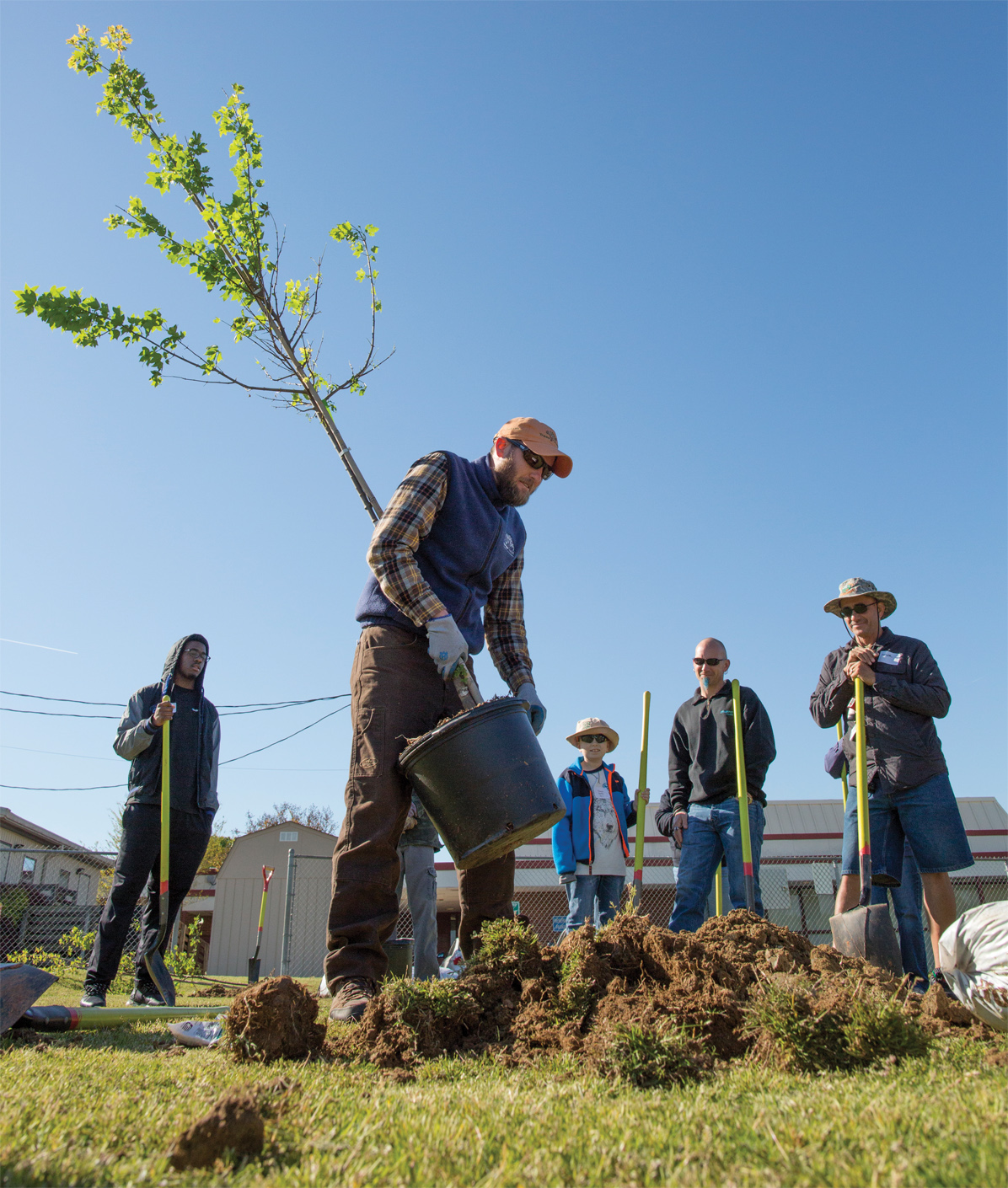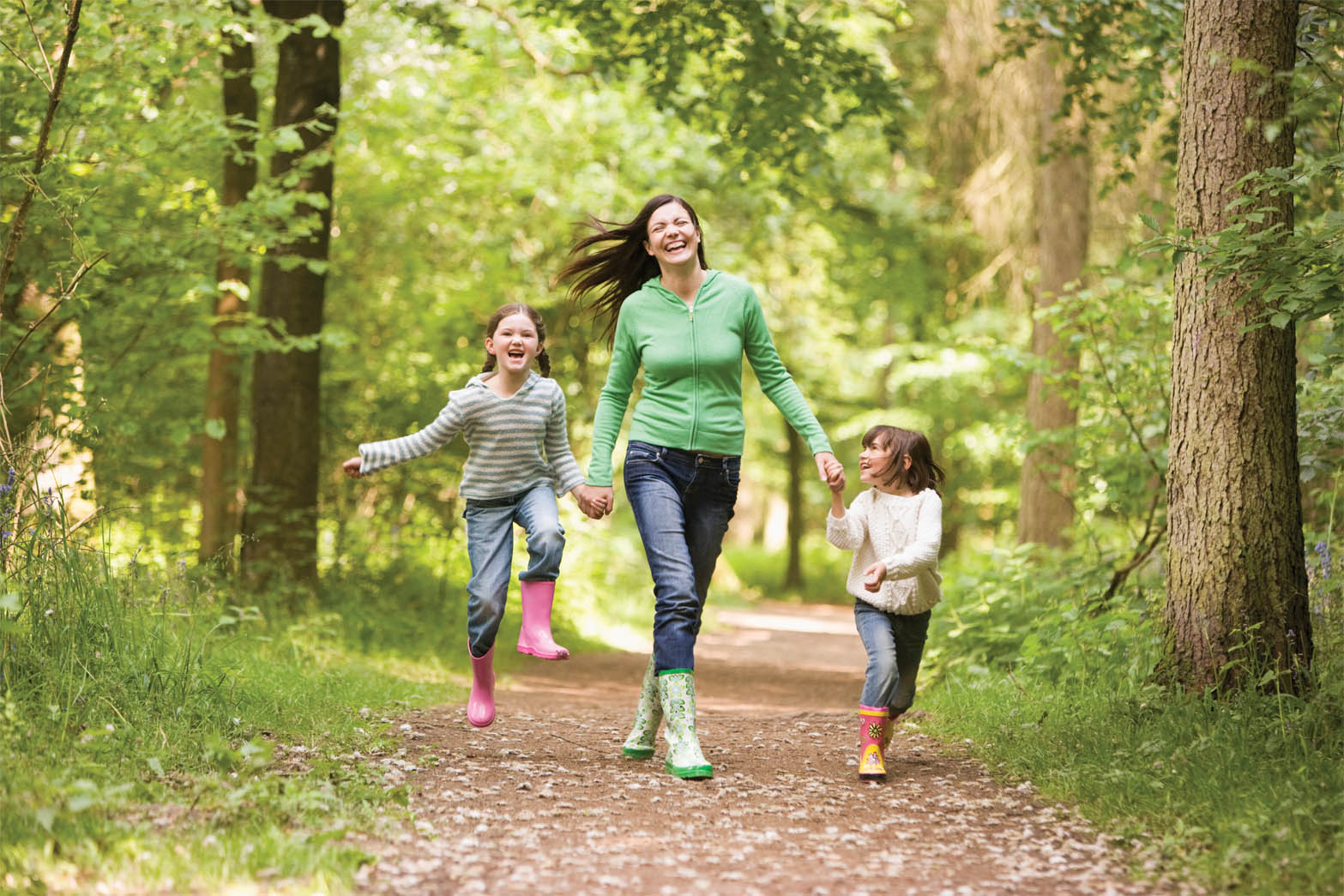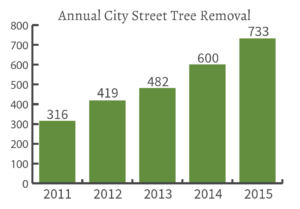Saving Charlotte’s Tree Canopy

Inspiring Young Tree Lovers
8.26.16
Become A TreesCharlotte Member
8.30.16
Aging Trees Are A Growing Concern in Charlotte’s Historic Neighborhoods
While Charlotte’s tree canopy is considered one of the best in the country, problems still persist — especially in some of Charlotte’s oldest neighborhoods. In Myers Park, Dilworth, Grier Heights and Elizabeth, many of the most beautiful trees were planted between 1895 and 1920, quickly approaching their last years of life. Managing these aging trees is a constant challenge for the City.
“Most older historic neighborhoods have high tree canopy coverage numbers and high quantities of large older trees,” says Timothy Porter, Charlotte’s city arborist. “Generally speaking, the remaining older trees are essentially aging out together on both public and private property because many were planted at the same time.”
Beyond the age of these trees, urban conditions and risk issues also contribute to their declining health and need for removal. The numbers of street tree removals are increasing steadily (see chart).

“There’s not much that can be done to stop the aging canopy,” says Porter. “As older trees age and are affected by disease, the risk associated with them increases. At some point, the risk tolerance outweighs the benefits and removal is the only option.”
That said, the City of Charlotte and property owners can delay the impact of aging by routinely pruning trees, assessing tree health and properly caring for trees with the assistance of certified arborists. The key to extending tree life and reducing tree hazards is to routinely assess and maintain trees – not just tend to them before an approaching storm.
TreesCharlotte’s goal of increasing Charlotte’s tree canopy to 50 percent by 2050 means planting 500,000 trees and replenishing aging trees that need to be removed.
“When a large tree that provides significant amounts of tree canopy is removed, the impact of that loss can be significant,” says Porter. “Citizens often speak about increased power bills, decreased beauty and aesthetics, spiritual loss and other things after a large tree is removed.”
Signs of potential tree problems are decay, poorly pruned limbs, mushrooms and trees without adequate space to thrive, such as an oak tree being intruded on by a driveway or street. If you spot any of these potential problems with a street tree, contact the city arborist before the tree falls or causes damage.
Porter says the City is leading an effort, along with TreesCharlotte, to develop a community Urban Forest Master Plan to address all of the issues affecting Charlotte’s trees. This community-driven plan will essentially be a playbook for how the city and all of its stakeholders can address the aging canopy issue and all other urban forest issues.
For more information about Charlotte’s tree canopy and how you can help, visit www.TreesCharlotte.org.
